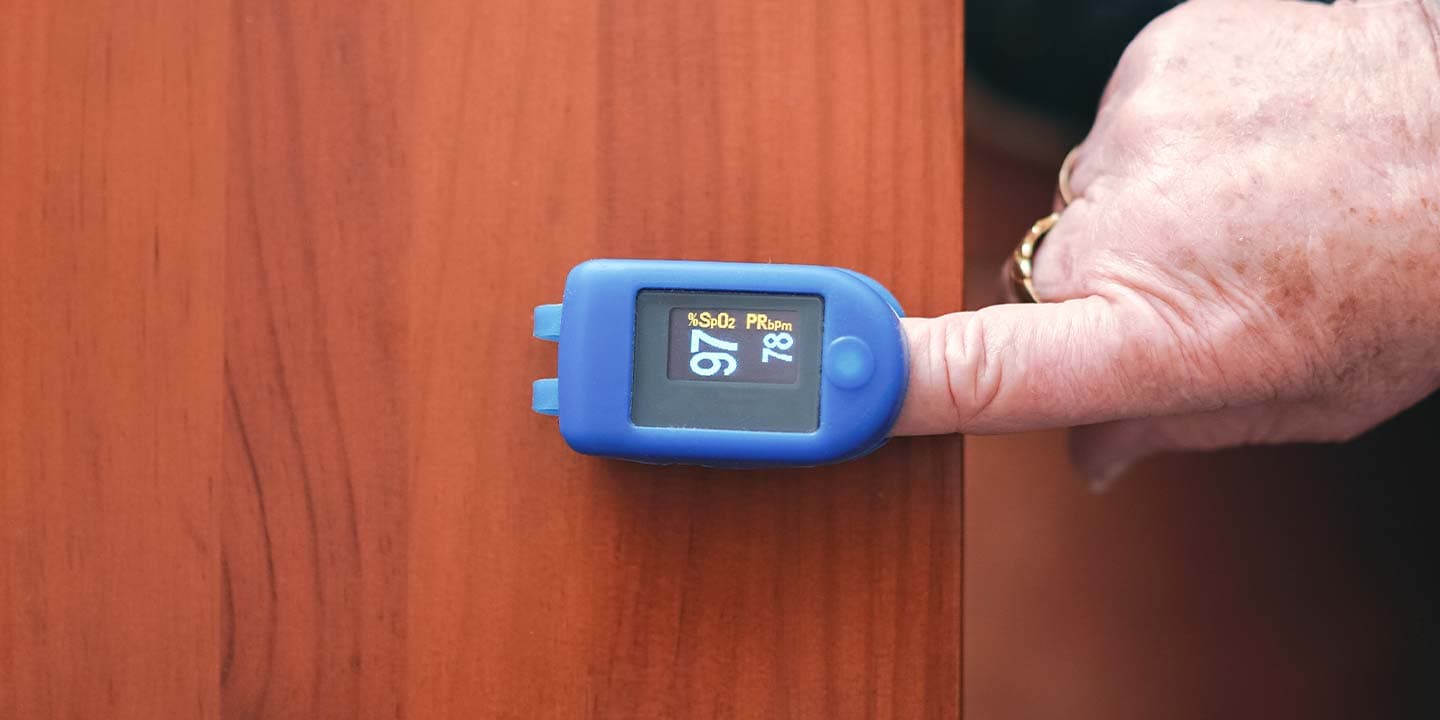PR BPM: what is pr bpm in pulse oximeter, normal range in children and adults

Medically Reviewed By
Dr Divya Rohra
Written By Prekshi Garg
on Feb 28, 2022
Last Edit Made By Prekshi Garg
on Mar 18, 2024

PR BPM in pulse oximeters refers to the pulse rate and beats per minute. In the current pandemic situation, pulse rate in beats per minute (PR BPM) was one of the main parameters to evaluate the health of an individual. In this article have a look at the normal range of pulse rate in beats per minute for males, pregnant and non-pregnant females and children as well.

Experiencing a faster heart rate with palpitations can be a scary experience for people but also indicate possibilities of underlying complications that need immediate probing. Keeping a check on your pulse oximeter might give you an outlook but you need comprehensive testing to find out the triggers and causes. Book a blood test and imaging to put a rest to your worries.
In this Article
What is PR BPM in Pulse Oximeter?
Pulse refers to the number of times the heart beats per minute. Pulse rate in an oximeter indicates the heart rate in beats per minute. Ideally the pulse rate between 60 - 100 beats per minute is considered good. The normal levels of PR BPM depend on a lot of factors like age, gender and the stage of life, that is, a pregnant woman will have a different normal PR BPM range as compared to a non pregnant woman of the same age.
What is the Normal Range of PR BPM in Children?
The normal pulse rate varies with age, therefore, the normal range of PR BPM in children is different as compared to that in adults. The average heart rate in children between 6 - 15 years of age ranges from 70 bpm to 100 bpm. The normal pulse rates in children at different ages are tabulated below:
| S.No. | Age (years) | Normal heart rate (bpm) |
| 1. | < 1 month | 70 - 190 |
| 2. | 1 - 11 months | 80 - 160 |
| 3. | 1 - 2 years | 80 - 130 |
| 4. | 3 - 4 years | 80 - 120 |
| 5. | 5 - 6 years | 75 - 115 |
| 6. | 7 - 9 years | 70 - 110 |
| 7. | > 10 years | 60 - 100 |
What is the Normal Range of PR BPM in Adults?
The normal pulse rate in adult males and females is also different and depends mainly on the age. The pulse rate also varies depending on whether you are resting or exercising. The PR BPM in females is around 2 - 7 bpm higher than that in males of the same age. The normal PR BPM in males and females while resting is tabulated below:
| S.No. | Age (years) | Pulse Rate (bpm) | |
| Males | Females | ||
| 1. | 18 - 25 | 56 - 65 | 58 - 68 |
| 2. | 26 - 35 | 55 - 65 | 57 - 68 |
| 3. | 36 - 45 | 57 - 66 | 59 - 69 |
| 4. | 46 - 55 | 58 - 67 | 60 - 70 |
| 5. | 56 - 65 | 57 - 67 | 59 - 70 |
| 6. | > 65 | 56 - 65 | 58 - 68 |
The normal pulse rate in females also differs when they are pregnant. The normal range of PR BPM in each trimester during pregnancy is tabulated below:
| S.No. | Trimester | Pulse Rate (bpm) |
| 1. | 1st trimester | 63 - 105 |
| 2. | 2nd trimester | 67 - 112 |
| 3. | 3rd trimester | 64 - 113 |
Takeaway
Pulse rate in beats per minute is an important factor to consider for a normal wellbeing. Now that you know the pulse rate according to gender, age, and stage of life, you can better monitor your PR BPM levels yourself and also know when an intervention may be needed.
Frequently Asked Questions (FAQs)
-
How can I check my PR BPM level at home?
You can easily check your PR BPM level at home by using a pulse oximeter. Place the oximeter as a clip on your middle finger or thumb of the right hand and wait for at least 15 seconds. The oximeter will record the vitals and display it on the screen.
-
When is it required to measure the PR BPM?
Your doctor will generally advise you to measure your PR BPM values if you have been infected by any virus or you suffer from any breathing problems.
-
What happens when the PR BPM decreases?
A decrease in PR BPM, that is, less than 60 bpm, indicates a condition known as bradycardia. This condition can occur either due to the failure of the sinus node or due to the blockage of the heart or may have other reasons too.
-
What happens when the PR BPM increases?
The elevated PR BPM levels, that is, above 100 bpm, indicates tachycardia that can be due to high blood pressure, hyperthyroidism, poor blood supply, electrolyte imbalance, stress or alcohol consumption.
Leave a comment
1 Comments
Twitter Proxies
Jan 3, 2024 at 6:40 PM.
Good day! This is my first visit to your blog! We are a team of volunteers and starting a new project in a community in the same niche. Your blog provided us useful information to work on. You have done a extraordinary job!
Myhealth Team
Jan 4, 2024 at 12:00 PM.
Thank you for your positive feedback! If you have any questions, feel free to ask.



